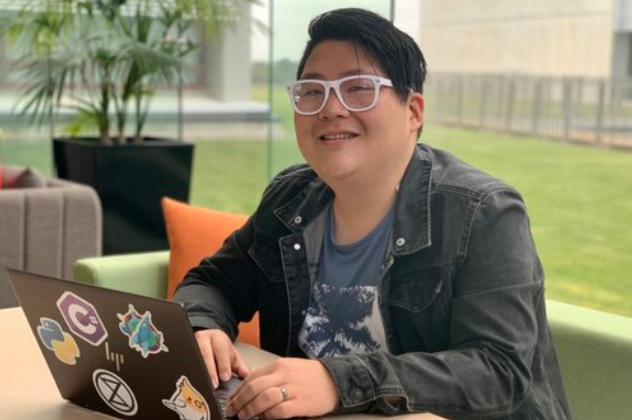

An international charity which finds sponsorship for medical students to study in Africa has had a helping hand from a team of Waikato University computer science students. The UK-based Medic to Medic charity was selected to take part in the University’s real-life IT project for third year computer science students.
The students were completing their COMPX374 – Software Engineering Industry Project paper. As part of this, they designed, built, and implemented a new ‘cloud’ based system for Medic to Medic, a charity which helps find donors to pay for medical school fees of students from countries including Malawi in East Africa. This solution means the charity can now do away with the cumbersome system of updating and sharing information held on Excel spreadsheets. Now the charity’s database of students and donors, records about donations made and money paid out – along with other important records like handling applications and graduate correspondence – can be kept in one secure place.
Medic to Medic gives thanks to team of computer science students
The charity’s New Zealand based chief executive Tamsin Lillie, a doctor in paediatrics at Rotorua Hospital, says the new system will make her life easier.
“It is going to be really useful for me on a personal level because I manage all of the student data, all on Excel spreadsheets, and am really excited about using this new product.” Dr Lillie says it has been a great experience working with the students.
“I was really impressed with our initial meeting, they were really responsive and asked loads of super helpful questions, it was really wonderful to meet up and go through the whole project.”
Eight students work to their strengths to build new Medic to Medic system
The cloud-based system was designed and built by Waikato University computer science students and was ably led by Ye-Gon Roo (Project Manager). Ye-Gon worked alongside classmates Adam Thompson, Caitlyn Thompson, Leo Oliver, Natch Sadindum, Shashank Mylarapu, Taran Kern and Tristan Brynildsen. The project taught each one of them a lot.
“We had individual members of our team who decided to take on roles, for example, as security experts, to make sure that our log-ons and authentication was up to industry standard. And we had people focusing on usability and design.
“So, it really gave us the chance to check out different things and hone our existing skills and to be able to learn a lot from each other. We all had to essentially figure out each other’s strengths so we picked up a lot of skills that we simply could not pick up in a lecture or classroom environment.”
Ye-Gon says that now both donors and students can access the website, with a secure log-on, which means information can be shared in a much more structured and organised way.
Learning ‘real-life’ skills before entering the workforce
Social distancing restrictions because of the global pandemic this year meant most of the correspondence about the project was done via Zoom and email. Ye-Gon, who personally met Dr Lillie to hand over the project in November, says the collaboration has been a valuable experience for all involved.
“I thought it was great we were given an opportunity to work on an actual real-life industry problem and were given exposure to how things may play out in a workplace.”
Ye-Gon has successfully completed his Bachelor of Science in Computer Science and has been accepted into the graduate programme for the telecommunications company 2degrees in Auckland in 2021. He immigrated from South Korea when he was 12 and has lived in Hamilton since, attending Marian School and St John’s College. He is an accomplished musician, teaching both the clarinet and saxophone.






































